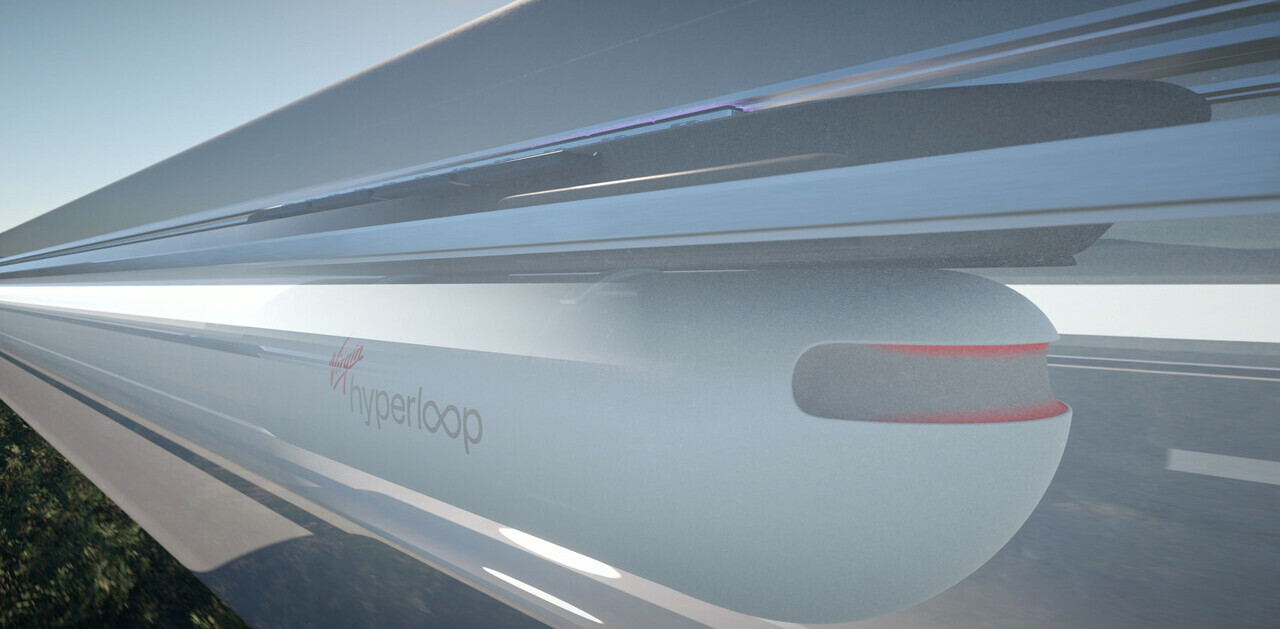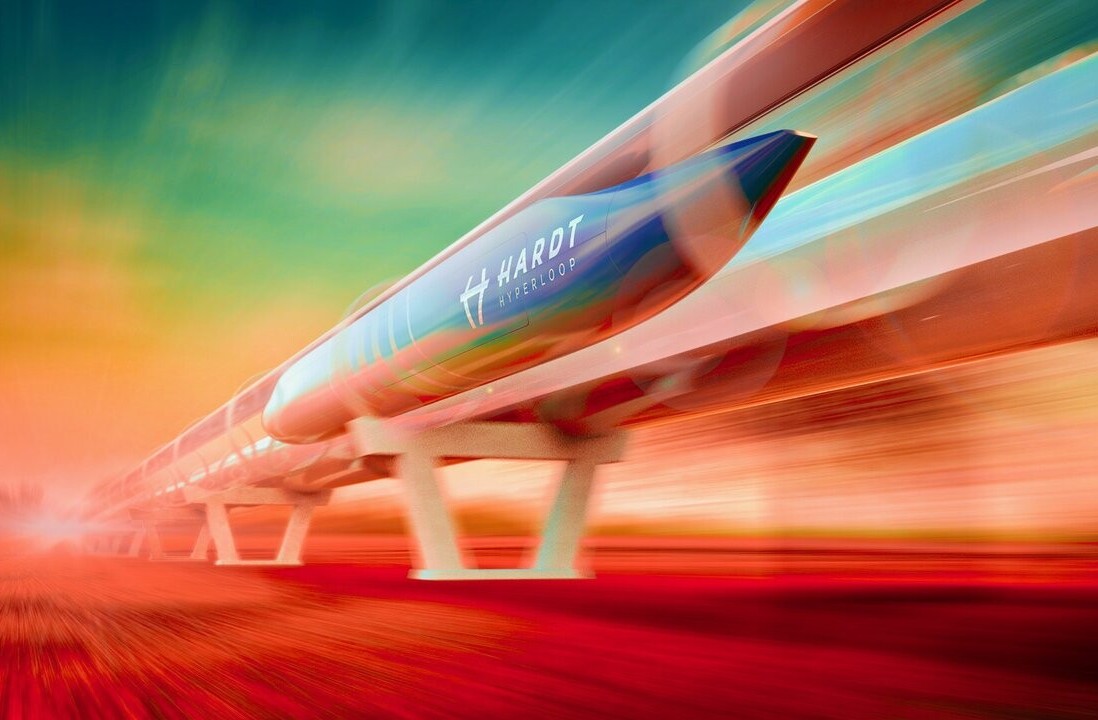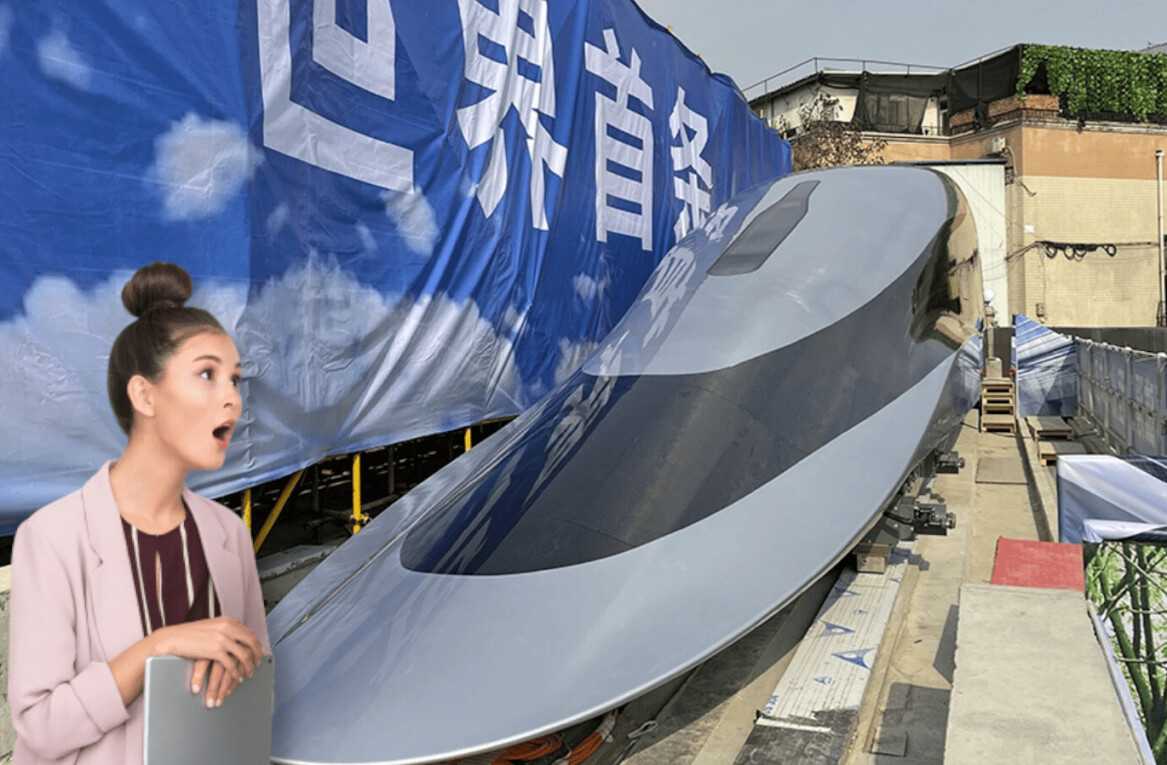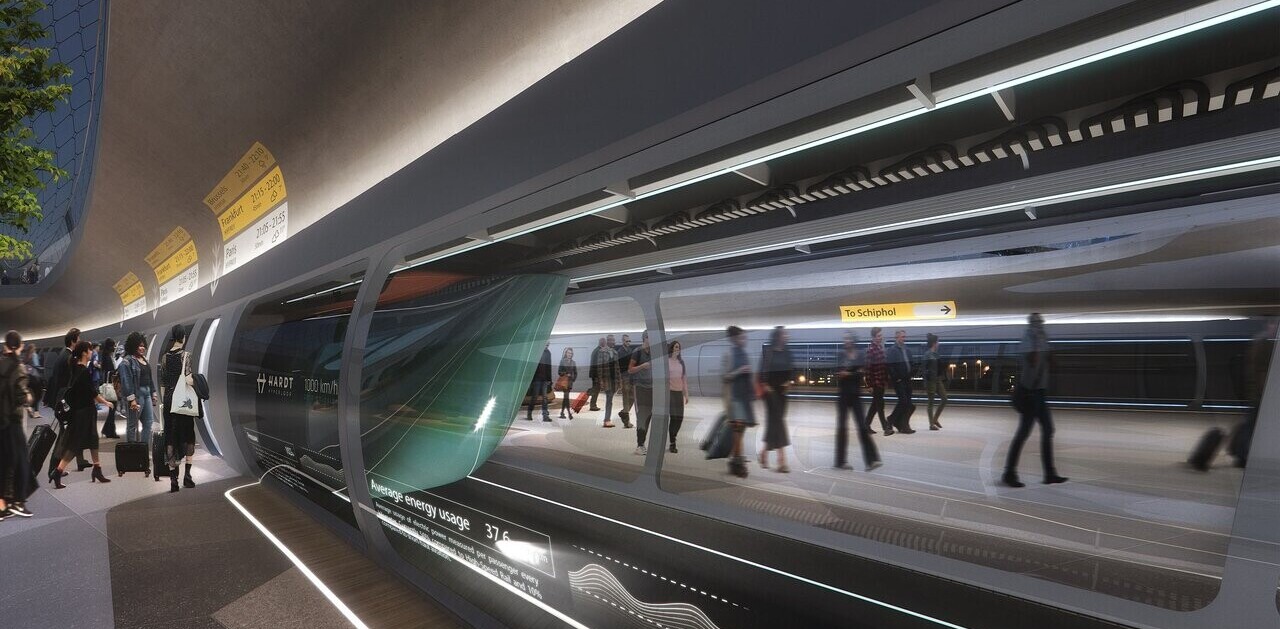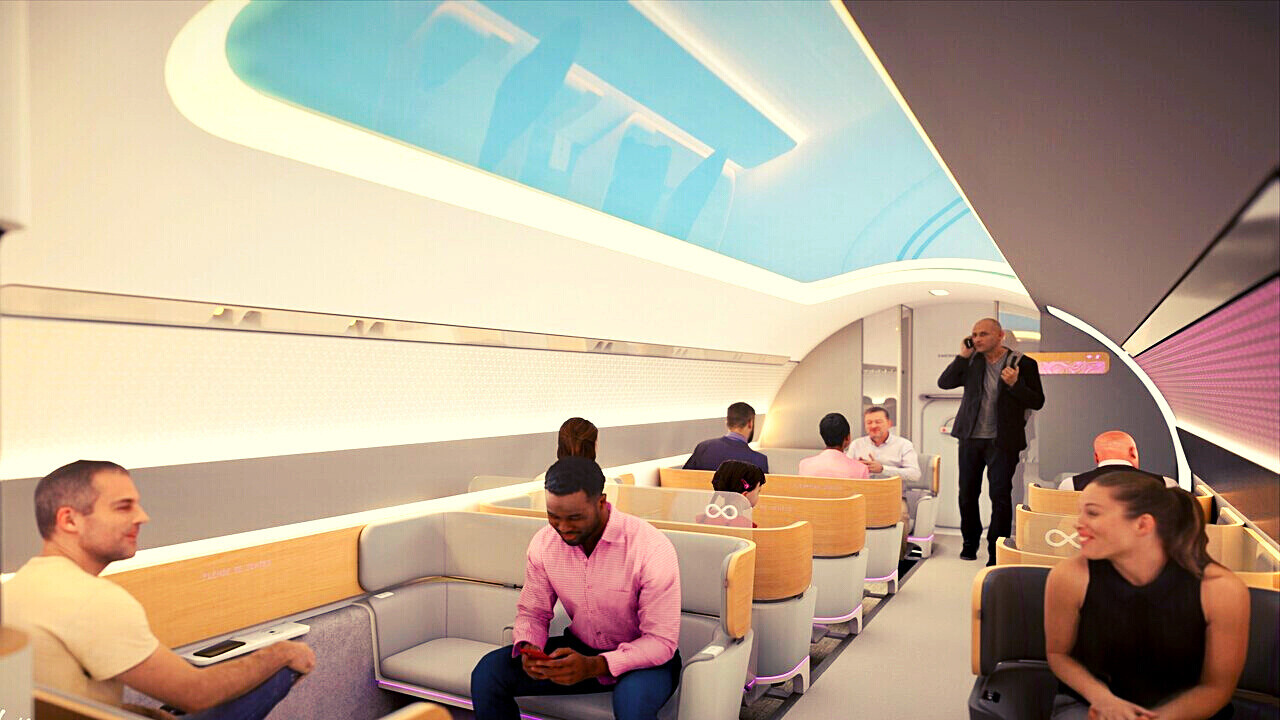
If you’re looking for technology with a fast time to market, you can exclude most vehicles and mobility tech. And if you’re waiting for a ride in a hyperloop? Don’t hold your breath.
I’ve been writing about hyperloop tech for nearly ten years. Much of the innovation is happening behind the scenes. It’s partnerships and pathways, rules and regulations, and in the case of tech — it’s most often R&D in stealth mode.
Every so often, a company will send over illustrations or videos made in CGI of what the hyperloop will look like in practice, but there’s not usually all that much to go on.
So, when news hit last month that Virgin Hyperloop was abandoning its effort to be the first people carrier, as well as laying off over 100 staff, I can’t say I was that surprised, having previously ranked the company more for its hype and PR than its actual substance.
From hype to hyperloop fail
In November 2020, Virgin Hyperloop successfully launched a two-seat prototype ridden by two staff members. The hyperloop traveled 500 meters, reaching 172 kilometers per hour within 6.25 seconds.
The company claimed to have carried out over 500 tests in Las Vegas and released a new explainer video on Twitter.
But then, last month, we saw that the dream had pivoted from people to cargo, with the decision attributed to the supply chain and logistical challenges caused by COVID-19 over the last couple of years.
Perhaps the most significant push was the departure of CEO and co-founder Josh Giegel after seven years at the company in October last year.
The Senior Vice President of Engineering, Steven Hobart, left just a few months earlier after a 6-month stint.
Short stays are not uncommon in the world of autonomous vehicles, eVTOLs, and hyperloops, but retrenching over 100 staff just months later shows a fundamental flaw in the financing and execution of hyperloop’s people-carrying dream.
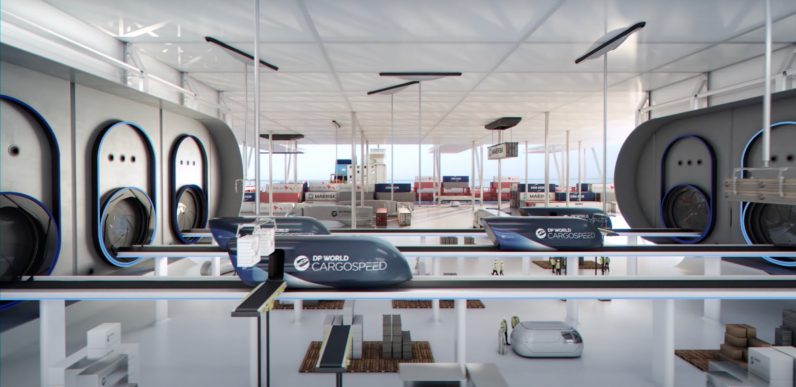
Fortunately, Virgin had presciently founded another hyperloop company under its umbrella: DP World Cargospeed systems. This had a mission to deliver time-critical goods like medical supplies and vaccines.
Much like with drones and eVTOLs, cargo deliveries are far more manageable than people-carrying when it comes to laws and regulations, and it’s no surprise that DP World can accelerate the launch of a commercial hyperloop.
What does the end of Hyperloop One mean for rural hyperloops?
But the question is what the end of the Virgin Hyperloop One (at least in its current form) means for global development and infrastructure plans.
Hyperloop had committed to routes in Dubai, India (between Mumbai and Pune), and in the US, North Carolina, and Texas.
Unfortunately, there’s no evidence that the company was already boring tunnels or creating above-ground infrastructure, beyond test track approval on the Mumbai Pune route.
I wish there had been, as it could have paved the way for their competitors in these regions where public transport is often cast aside by prioritizing road infrastructure.
Digging holes or establishing foundations would have helped attract other hyperloop competitors to the area. Will DP take over the planned Virgin Hyperloop One routes for freight delivery? It’s unclear, as its interest has been firmly in the Middle East.
Could there have been another way?
I’m thinking of the work of Polish hyperloop company Nevomo, who rather sensibly focused on developing MagRail transportation tech which upgrades existing railway infrastructure at speed with the capacity to transform it into a vacuum hyperloop later. It’s an extremely clever business model when considering that each iteration has something tangible to offer.
But the cutbacks at Virgin One leave us with more questions than answers. Just another delay to getting people into hyperloops.
All transport companies have been hit hard over the last couple of years. The question will be whether DP or another provider will agree to reinvigorate the hyperloop in India. Or will it be just another (excuse the pun) pipe dream in innovation?
Get the TNW newsletter
Get the most important tech news in your inbox each week.
